1974-1979
In 1970, Prince Sihanouk of Cambodia was deposed in a military coup. The leader of the new government was Lon Nol. Prince Sihanouk and his followers joined forces with a Communist guerrilla organization founded in 1960 known as the Khmer Rouge. They attacked Lon Nol’s army and civil war began. In 1975, North Vietnamese forces seized South Vietnam’s capital, Saigon. In the same year, Lon Nol was defeated by the Khmer Rouge. It’s estimated that 156,000 died in the civil war – half of them civilians.
Under Pol Pot’s leadership, the Khmer Rouge imposed an extremist program to reconstruct Cambodia on the communist model of Mao’s China. The population must be made to work as laborers in one huge federation of collective farms. Anyone in opposition – and all intellectuals and educated people were assumed to be – must be eliminated, together with all non-Communist aspects of traditional Cambodian society.
So, at short notice and under threat of death, the inhabitants of towns and cities were forced to leave them. The ill, disabled, old, and very young were driven out as well, regardless of their physical condition. People who refused to leave were killed; so were those who didn’t leave fast enough, and those who did not obey orders.
All political and civil rights were abolished. Children were taken from their parents and placed in separate forced labor camps. Factories, schools, and universities were shut down. Lawyers, doctors, teachers, engineers, scientists, and professional people in any field were murdered, together with their extended families. Religion was banned, all leading Buddhist monks were killed and almost all temples destroyed. Music and radios were also banned.
People who escaped murder became unpaid laborers, working on minimum rations and for impossibly long hours. They slept and ate in uncomfortable communes deliberately chosen to be as far as possible from their old homes. Personal relationships were discouraged as were expressions of affection. People soon became weak from overwork and starvation, and after that fell ill and eventually many of them died.
The Khmer Rouge’s links with China meant hostility between the Pol Pot government and Vietnam. In 1978 Vietnam invaded Kampuchea and overthrew the Khmer Rouge.
Civilian deaths in the Khmer Rouge period, from executions, disease, exhaustion, and starvation, have been estimated at well over two millions.
